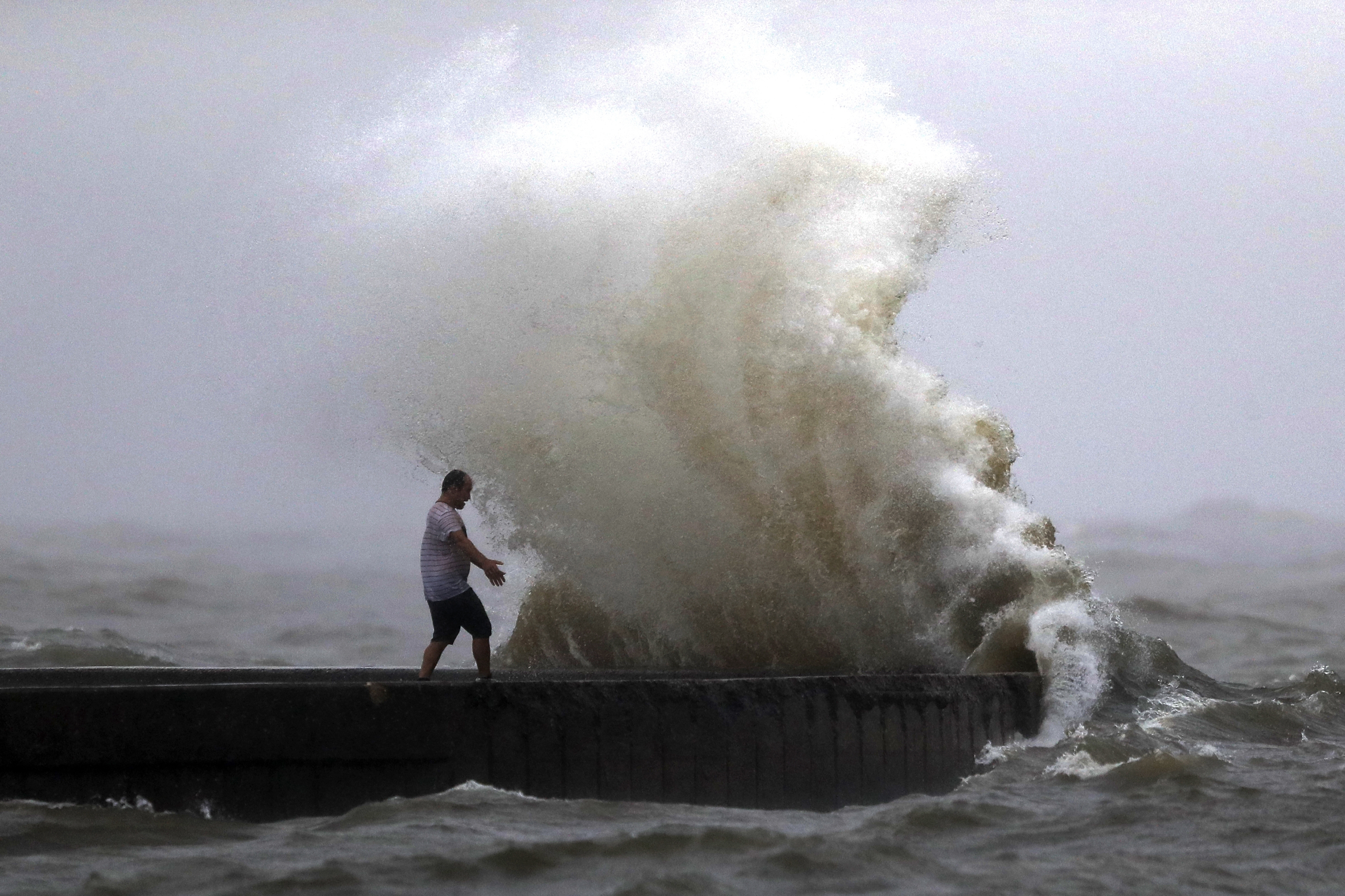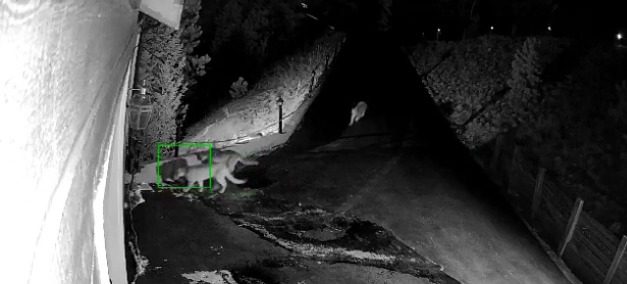RALEIGH, N.C. (WNCN) — As you venture outside for warmer weather, be on the lookout for these animals.
Wildlife biologists with the North Carolina Wildlife Resources Commission are asking the public, specifically anglers, to report any sightings of hellbenders and mudpuppies.
They said these animals are seen more frequently in the early spring as people venture into their habitats.
Both types of aquatic salamanders are found in the western part of the state and are listed in North Carolina as a ‘species of concern,” according to N.C. Wildlife.
The request comes ahead of April 6, which is opening day for Hatchery Supported Trout Waters this year.
N.C. Wildlife made a similar request last year, encouraging people to report sightings.
“It’s been encouraging to see interest and awareness grow for these animals,” said Lori A. Williams, NCWRC Wildlife Diversity Biologist. “We continue to receive more sightings by the public each year.”
Commission biologists want to use reported sightings to get information about their distribution in the state. They also want to know how their populations are faring.
Experts said they know less about mudpuppies than they do about hellbenders, but they’d like to know much more about both.
“It’s awesome that they send us photos, videos, and we hear stories about their encounters with these giant salamanders,” Williams said.
How to tell the difference
Though some people confuse the two types of giant salamanders, experts said they have key differences.
Here’s how they say to identify a hellbender:
- Found in fast-moving, clean mountain streams
- Is brown, sometimes mottled with dark splotches
- Has flat, broad heads and flattened bodies
- Has wrinkly skin on their sides
- Can grow to 2 feet long, but average 16 to 17 inches long
- Known as the largest aquatic salamander in North America
- Are sometimes referred to as ‘water dogs,’ ‘snot otters,’ or ‘Alleghany alligators’
- Considered ‘bio-indicators’ of good water quality because they breathe through their skin
Here’s how they say to identify a mudpuppy:
- Found in deep rivers, lakes, large ponds, reservoirs or unpolluted streams
- Is light brown, typically speckled with spots
- Has smooth skin
- Has red external feathery gills they retain their whole life
- Can grow more than a foot long, but average is 8 to 10 inches
Hellbender misconceptions
Hellbenders have been the focus of a long-term inventory and monitoring study that the N.C. Wildlife Resources Commission has been conducting with partners since 2007, according to the agency.
Scientists said their population has decreased because of declining water quality and habitat degradation.
They said ill treatment from anglers are also a factor, because the anglers mistakenly think they decrease trout populations.
“This is not true,” a release from the agency said.

However, it said both hellbenders and mudpuppies may go after fish on a line or stringer when trying to get an easy meal.
Scientists said these giant salamanders mainly eat crayfish, but they will also eat minnows, snails, tadpoles, worms, discarded bait or other injured or dead animals.
“While some misinformation regarding hellbenders still exists, it has been rewarding to watch more and more anglers embrace these animals and their conservation need throughout the years,” Wildlife Commission Mountain Coldwater Research Coordinator Jacob Rash. “It’s important to remember that trout and hellbenders need the same clean, cool waters, and what’s good for one is good for the other.”
He said the agency is very grateful for trout anglers who help spread the word, report encounters, and serve as an ally for hellbender conservation efforts in NC.
Are they dangerous?
Scientists said neither of these salamanders are poisonous, venomous, toxic or harmful to humans.
However, they said they might try to bite to defend themselves if someone tries to pick them up.
It’s illegal to take, possess, transport or sell hellbenders or mudpuppies, or attempt to do so, according to the agency.
It said the violation is a Class 1 misdemeanor, which can result in a fine or up to 120 days in jail.
Anglers who happen to catch one on their hook and line are asked to carefully remove the hook if it is safe to do so without hurting the animal.
If that’s not possible, they’re asked to cut the line as close as possible to the hook.
They should return the salamander back to the water.
What to do if you find one
Anyone who finds a hellbender or mudpuppy is asked to leave it alone and report it.
Scientists request they note the physical location or GPS coordinates, and snap a photo if possible.
Any other details can be sent to Lori.Williams@ncwildlife.org.
People can also call the Wildlife Commission’s NC Wildlife Helpline, 866-318-2401, and provide details of the observation.
“We thank the public for this valuable information. It has had a direct and positive impact on our hellbender and mudpuppy conservation efforts over the years,” Williams said. “Please, keep sharing your encounters with us! Each one helps!”
Click here to learn more about hellbenders.
Click here to learn more about mudpuppies.
































































